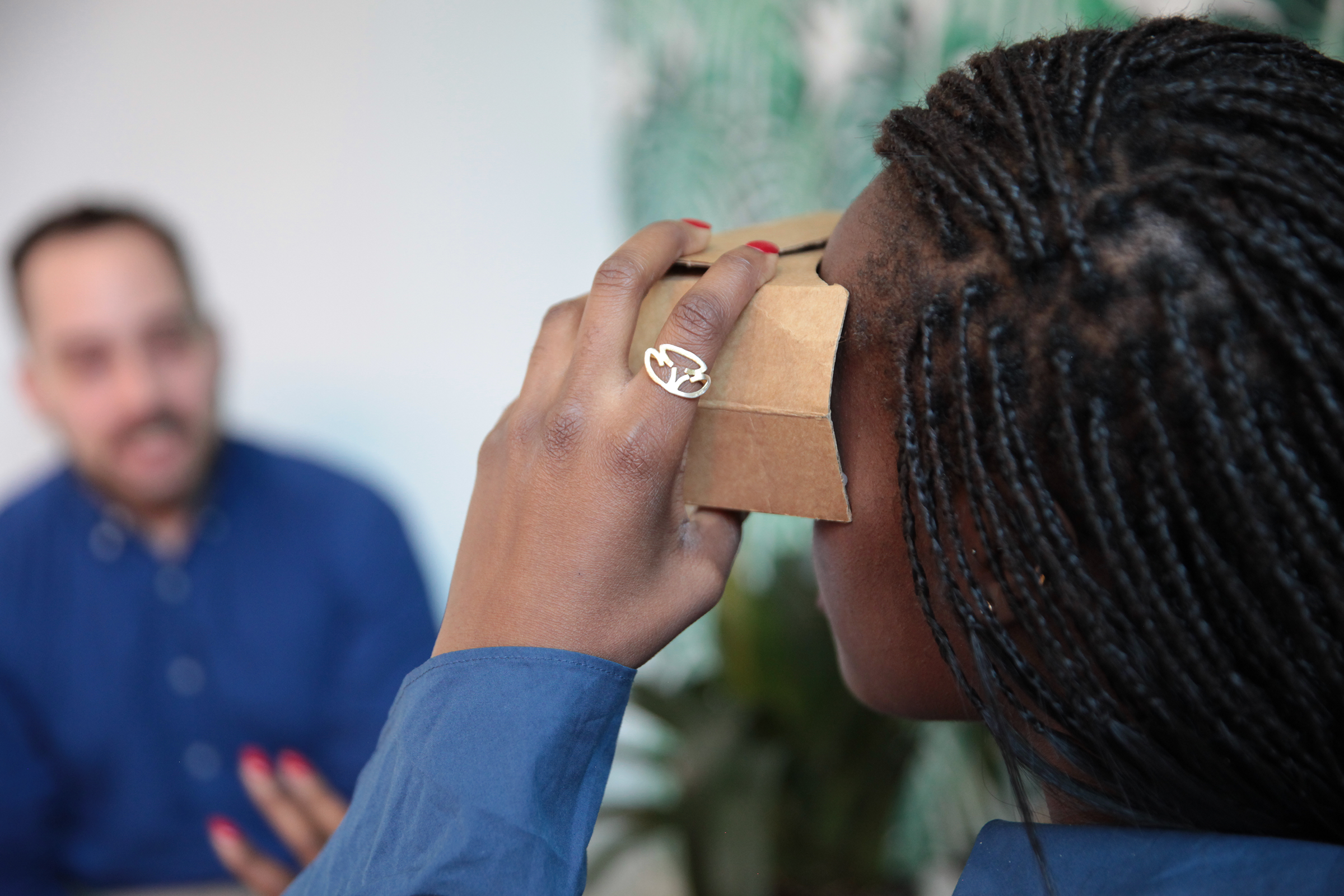Since the earliest cave paintings, humans have tried to represent their reality. Early environments, such as 18th century panorama paintings, stretched the imagination by drawing patrons into a round room where a floor-to-ceiling, 360-degree scene surrounded them. By the 19th century, dioramas allowed the audience to stay in one place while the scenery moved in front of them. Lighting effects simulated movement and the passage of time. The 20th century introduced contraptions, ranging from simulators to head-mounted displays, to affront the senses.
By 2016, VR was the definitive tech media darling, promising the ability to not just replicate an experience, but to convince people of the validity of alternate realities. Venture funding flowed, content studios proliferated, and hardware launch dates were eagerly anticipated. Fast forward to 2017 and the equipment is still bulky and expensive, UX issues like nausea persist, and key immersive elements like haptic feedback and social interaction are still primitive. While some experiences are transformative, others underwhelm; market reports vary wildly on future investment and revenue projections.
So where exactly are we in the simulated reality hype cycle?
The short answer: it’s still early, and that’s good news. The VR industry is banking on historical parallels by simultaneously improving hardware as it searches for the “killer app.” Few people saw the need for a personal computer until Lotus 1-2-3 brought new levels of efficiency to number crunching. With greater PC adoption came improvements such as processing power, interoperability, and portability, which in turn paved the way for more sophisticated software, and ultimately, the digital economy. In a similar vein, future applications of VR and AR are expected to open up new markets, new ways of working, and new ways of being.
In the interim, finding the right time to experiment with this new capability requires an organization to be realistic about its appetite for learning and risk. Key considerations include:
- Can today’s technology address a real problem in my company? Rather than making technology the starting point, think of business issues that need solving.
- Does my company favor early-adoption or wait-and-see? Your investment should be dictated by your innovation strategy—not the pursuit of the shiny object.
- What would the technology need to look like before we invest? Determine what the value proposition would be to make VR / AR a budget priority in your organization.
For businesses that have considered the above and wish to experiment with this new capability sooner rather than later, it’s just as important to decide where to start. Below are three spaces where corporations can (and in many cases should) play in VR and AR today.
Storytelling: Whether used to increase empathy, to educate, or simply to entertain, virtual spaces are a new testbed for corporate storytelling and marketing. Real estate and retail are testing how 3D experiences might sway purchasing decisions. Pharmaceutical companies are getting (virtually) real with the patient experience. For the public sector, foundations, and non-profits like UNICEF and Charity:Water, VR is emerging is being piloted to support cause marketing.
Training: VR and AR offer the promise of improved training capabilities for everything from machine maintenance to ethical conduct. Mixing the engagement of video games with the effective education potential of hands-on learning, general and customized training solutions are already proliferating from hardware and simulation developers. Across emerging fields like alternative energy, advanced manufacturing, and healthcare, VR and AR can can accelerate reskilling efforts by extending access to new populations of workers. Through opportunities to train in high-risk work environments or build complex new skills without leaving home, these technologies can help us create a more competitive workforce today, while simultaneously creating pathways to prepare us for the jobs of the future.
Productivity: With an increasingly distributed global workforce, the world’s biggest companies stand to benefit greatly from the collaboration and co-location possibilities inspired by VR. At Ford, designers and engineers collaborate directly using VR and AR, while other companies are hosting press conferences in the cloud. Capabilities like designing in three dimensions, attending meetings from a home office, and hosting large gatherings in virtual space begin to hint at the near-term productivity benefits.



